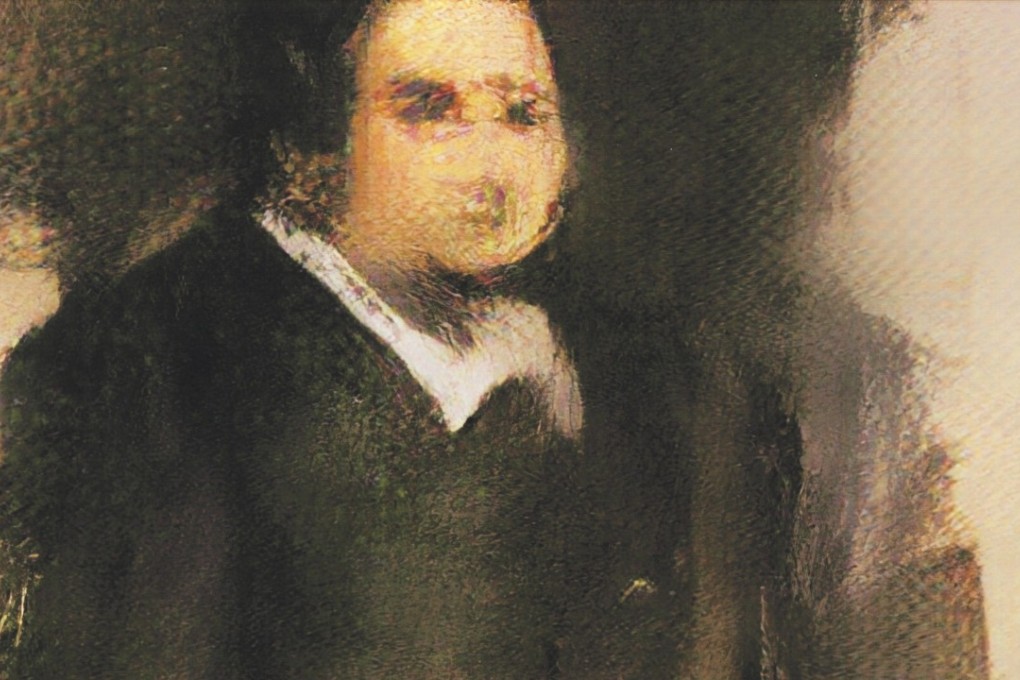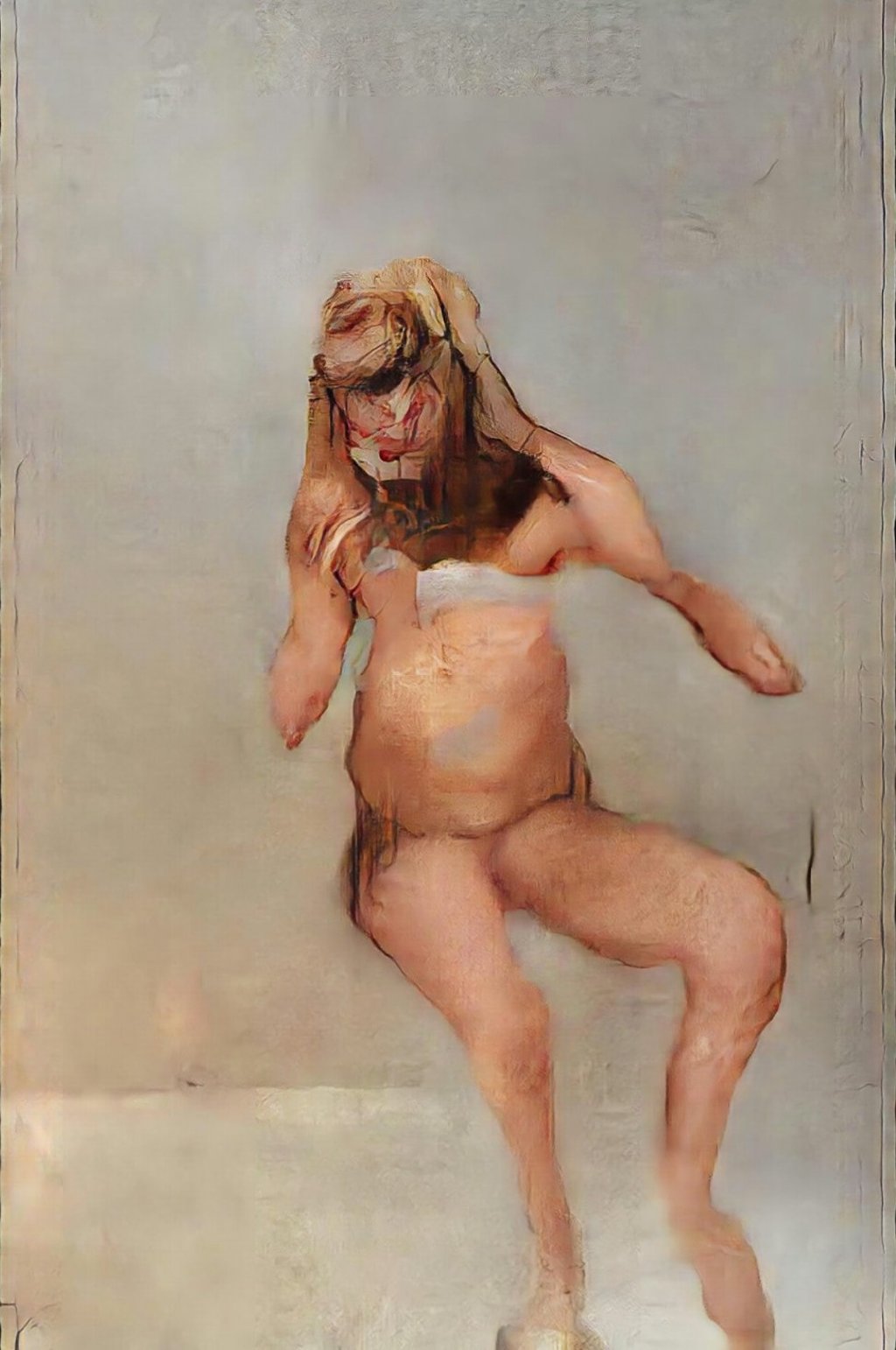The Collector | Artificial intelligence and art – can machines be creative? Digital artworks show they can
Machines can create pictures but are they art? Two recent portraits generated by an algorithm raise some interesting questions

You may think artists would be among the last to be replaced by robots. Well, this week an artwork generated by artificial intelligence will be auctioned for the first time, while a painting by a machine has won an international prize.
Both are portraits. The first, Portrait of Edmond de Belamy (2018), is a print depicting a ghostly image of a man that is valued at US$7,000 to US$10,000 in Christie’s’ prints and multiples sale on October 25 in New York. It was entirely the creation of an algorithm, the code of which was written by Parisian collective the Obvious artists, who identify themselves as the “publisher” of the painting.
An algorithm painted this portrait. Christie’s sold it for US$432,500
The other work is a sitting nude titled The Butcher’s Son, a name chosen by Mario Klingemann. The German artist wrote code that trains a computer to understand how portraits look and then to create artworks that look like they have been painted by humans. Klingemann entered the painting for the annual Lumen Prize for digital art and won the gold award.
The artwork bears no obvious hallmarks of artificial intelligence. The face is a mangled, bloody mess – butchered, perhaps. As the judges have observed, it is reminiscent of 20th-century figurative painter Francis Bacon’s disfigured faces.
The rest of the subject is loosely painted, with a naturalistic skin tone. There are sections that have been artistically omitted, it seems, such as the hands and forearms. The background looks like a textured watercolour wash, the floor a lighter shade of grey than the wall.

Carla Rapoport, founder of the Lumen Prize, which is in its seventh year, insists that The Butcher’s Son is very much an artistic creation by Klingemann, using logic that can equally be applied to Portrait of Edmond de Belamy and the Obvious artists. Not only is there the naming of the work, which confers a context, but Klingemann also intervened at every step of the process, Rapoport argues.
